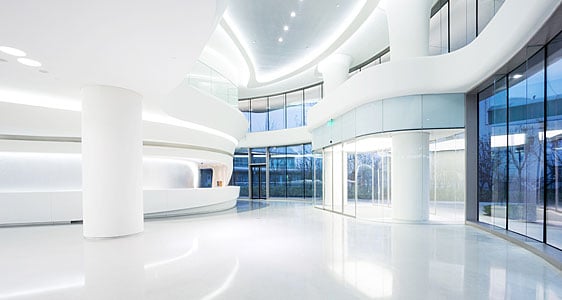
For organizations with environments that may be hazardous or vulnerable to security risks, intercom systems are vital to ensure clear channels of communication and thus smooth operations, from quickly handling access-denied alerts to addressing anyone in distress during emergencies. The development of intercom technology has led to its integration with IP infrastructure; modern IP-based systems offer more advanced interface options, the ability to transmit digital video signals rather than just voice, and unification with access control and video surveillance systems.
A major trend for organizations looking to reassess and/or optimize their security systems is to integrate communications into already-established physical security systems. While it’s completely acceptable to operate an intercommunication system independently of other security systems, integrating them together provides a higher sense of situational awareness and clarity regarding the facility’s security. For example:
- A gate at a highly secure industrial facility is outfitted with a video-enabled intercom as well as a license plate recognition access system to only grant access to license tags in the database. Imagine a visitor, new employee, or current employee with a rental car approaches the gate and is not granted access. The individual pushes the talk button at the intercom to buzz the central station. Thanks to the integration of all three different systems, the security guard is able to hear the user’s request via audio, view the situation using the video feed, and validate the access information provided by the gate, all through a single unified security application. After clearance is issued, the guard manually opens the gate for the individual.
Separately, these security systems are still able to function properly, but with less efficiency. Security personnel may take longer to deduce which gate the individual is trying to access or validate an employee’s credentials manually. The speed at which success can be achieved is extremely important, especially in emergency scenarios; if an emergency call is made within a large organization with dozens of buildings or departments, the need to expertly and speedily identify which intercom terminal the distress call originated from rises. With IP-based intercom systems that leverage the IT infrastructure and bandwidth, harmonious unification between all systems can be achieved.
